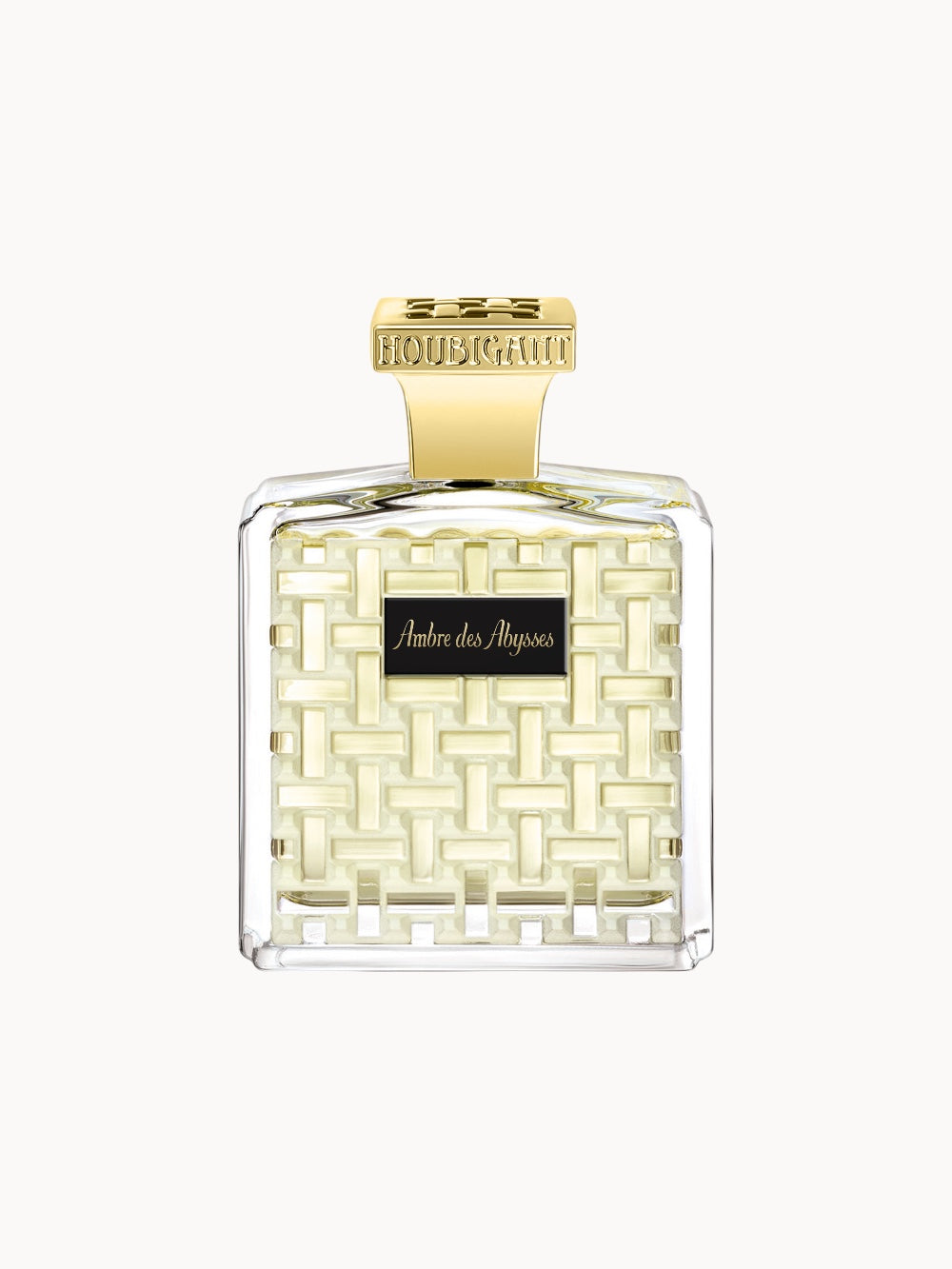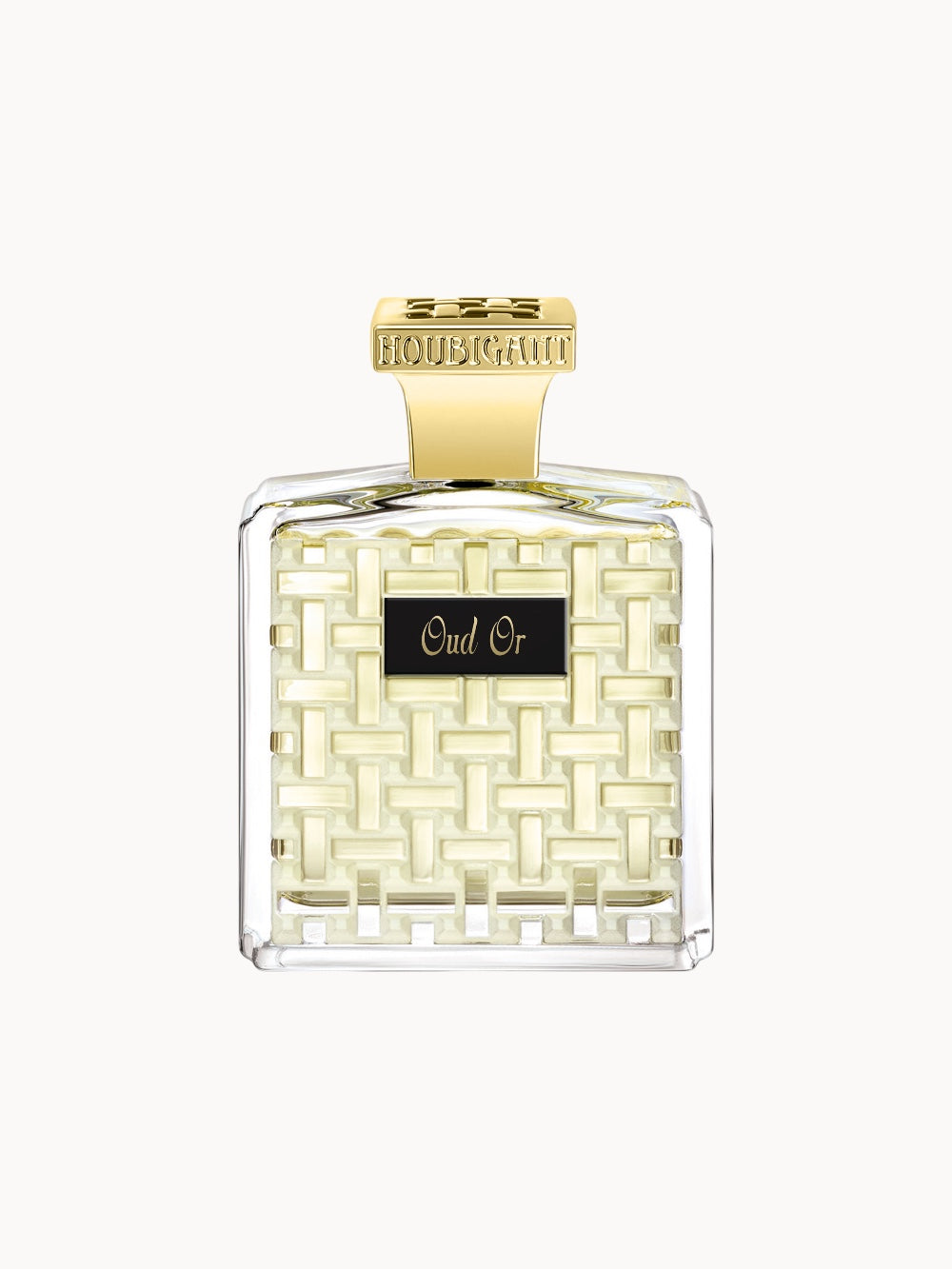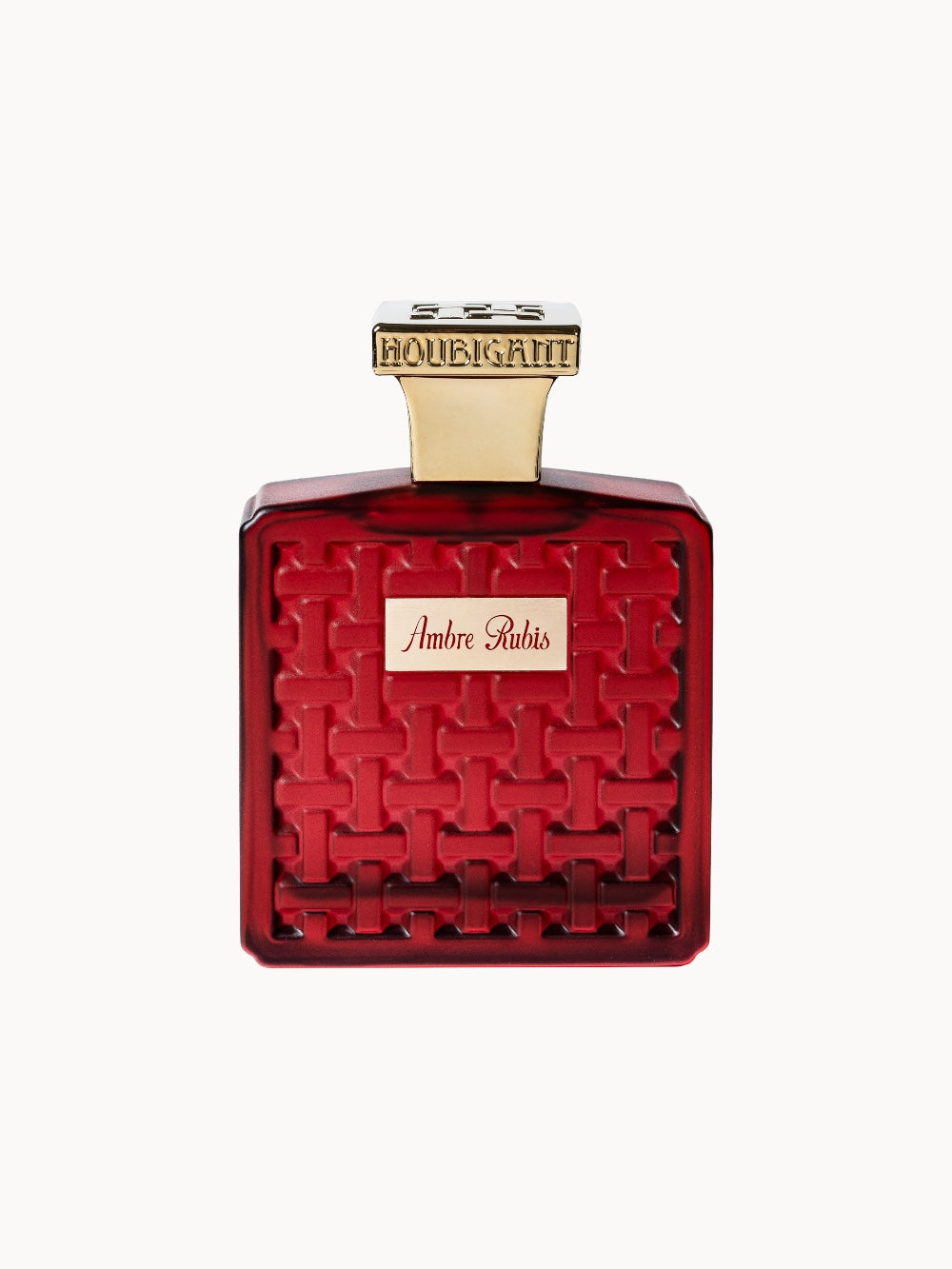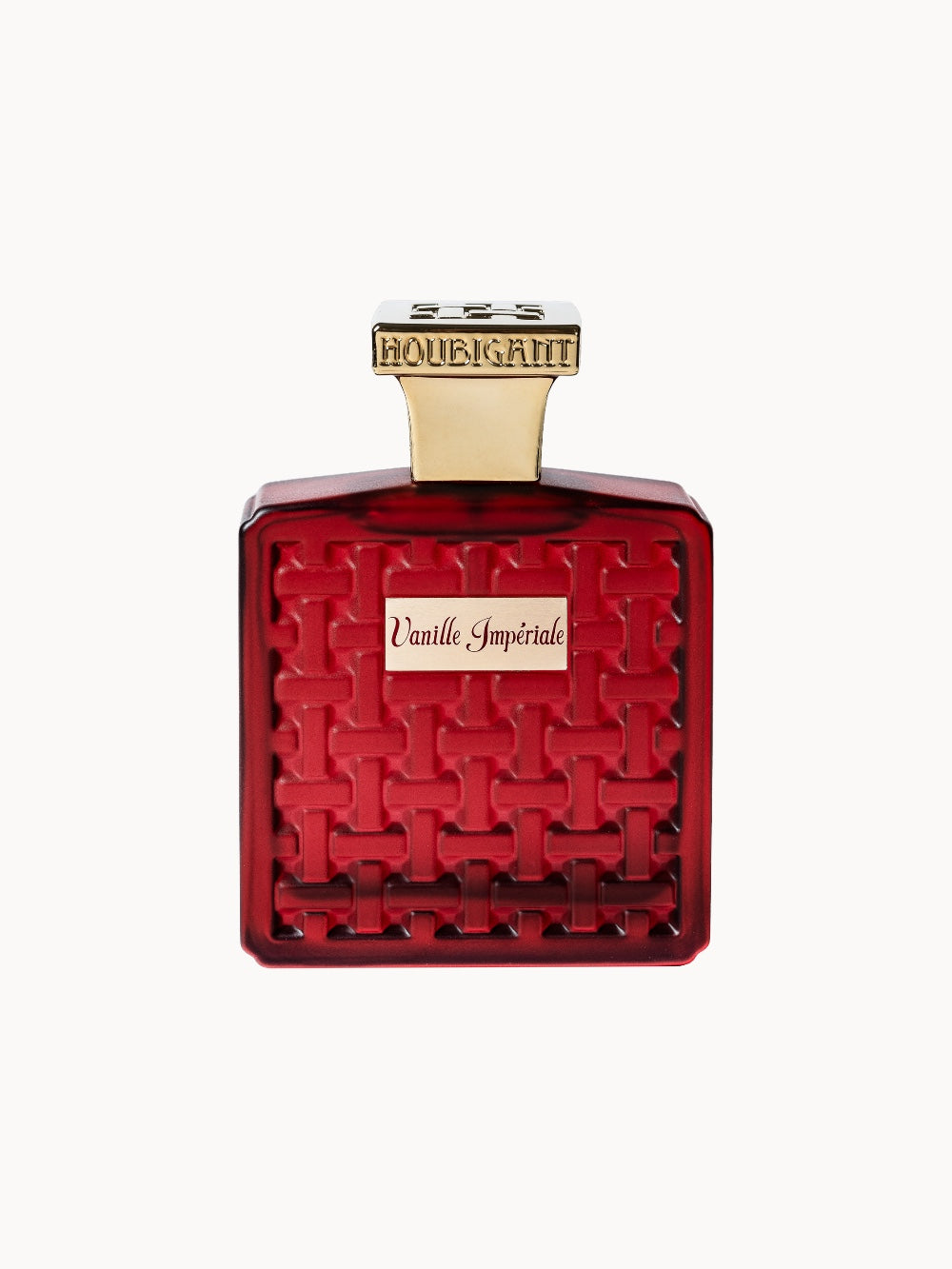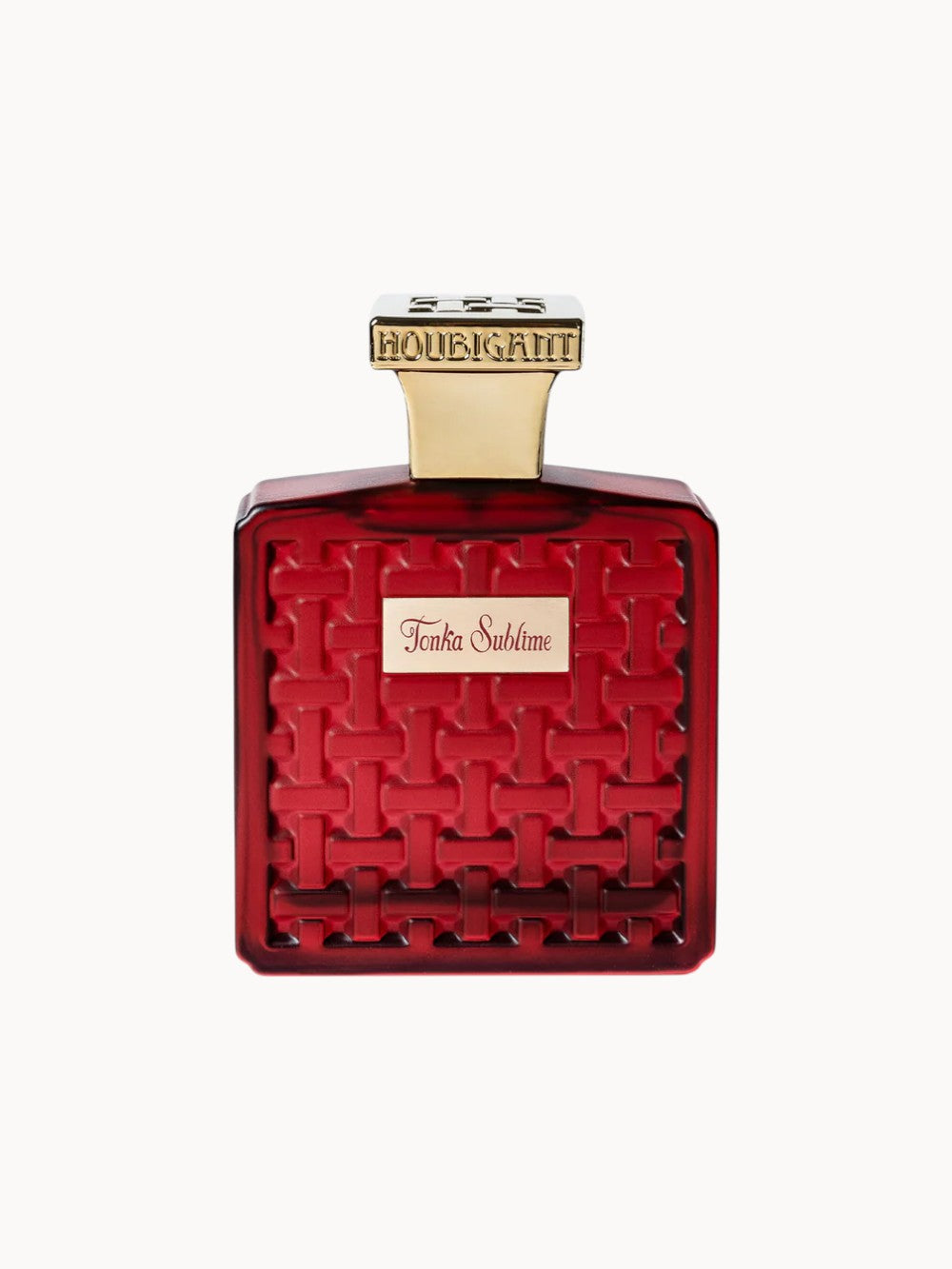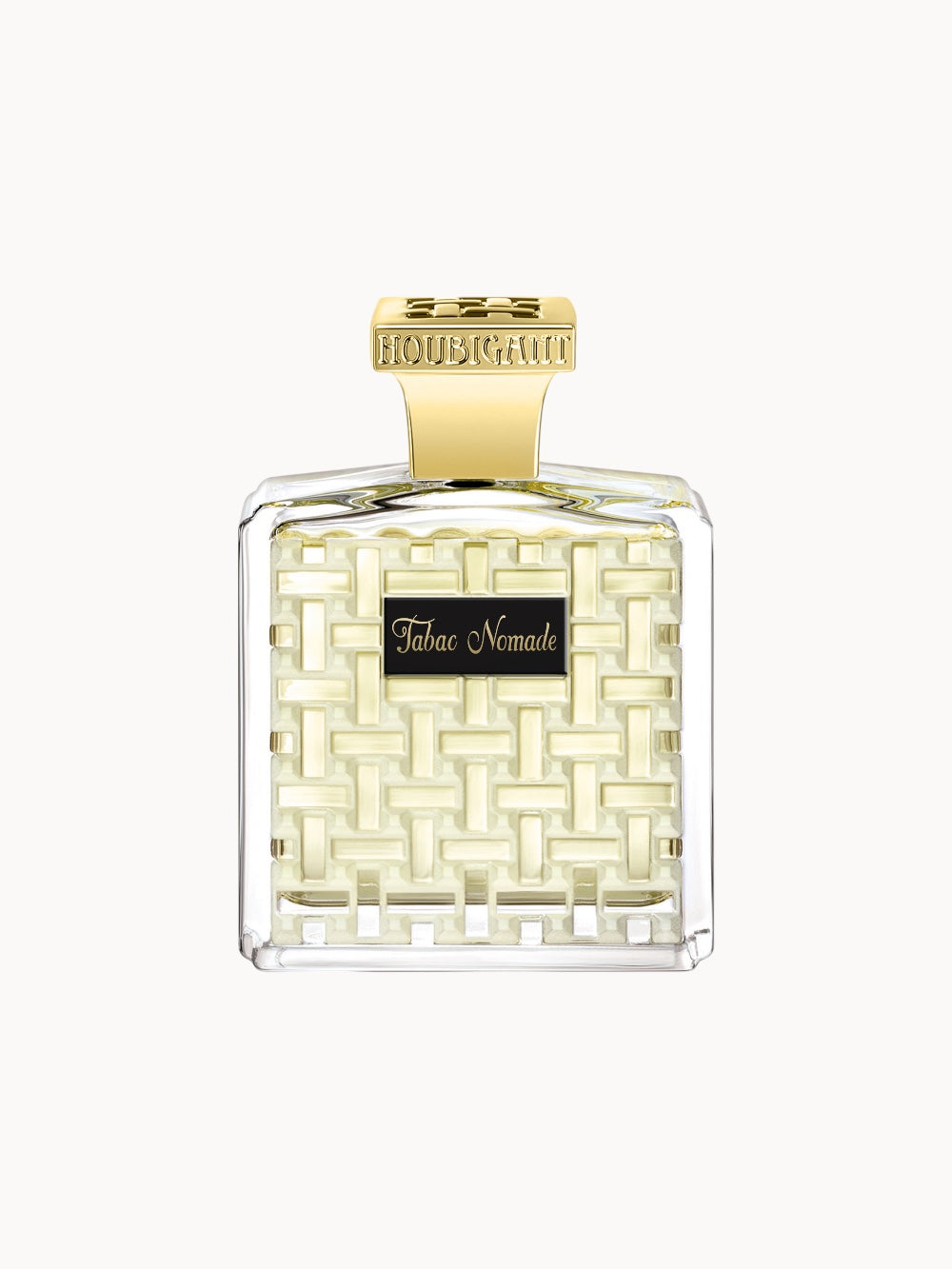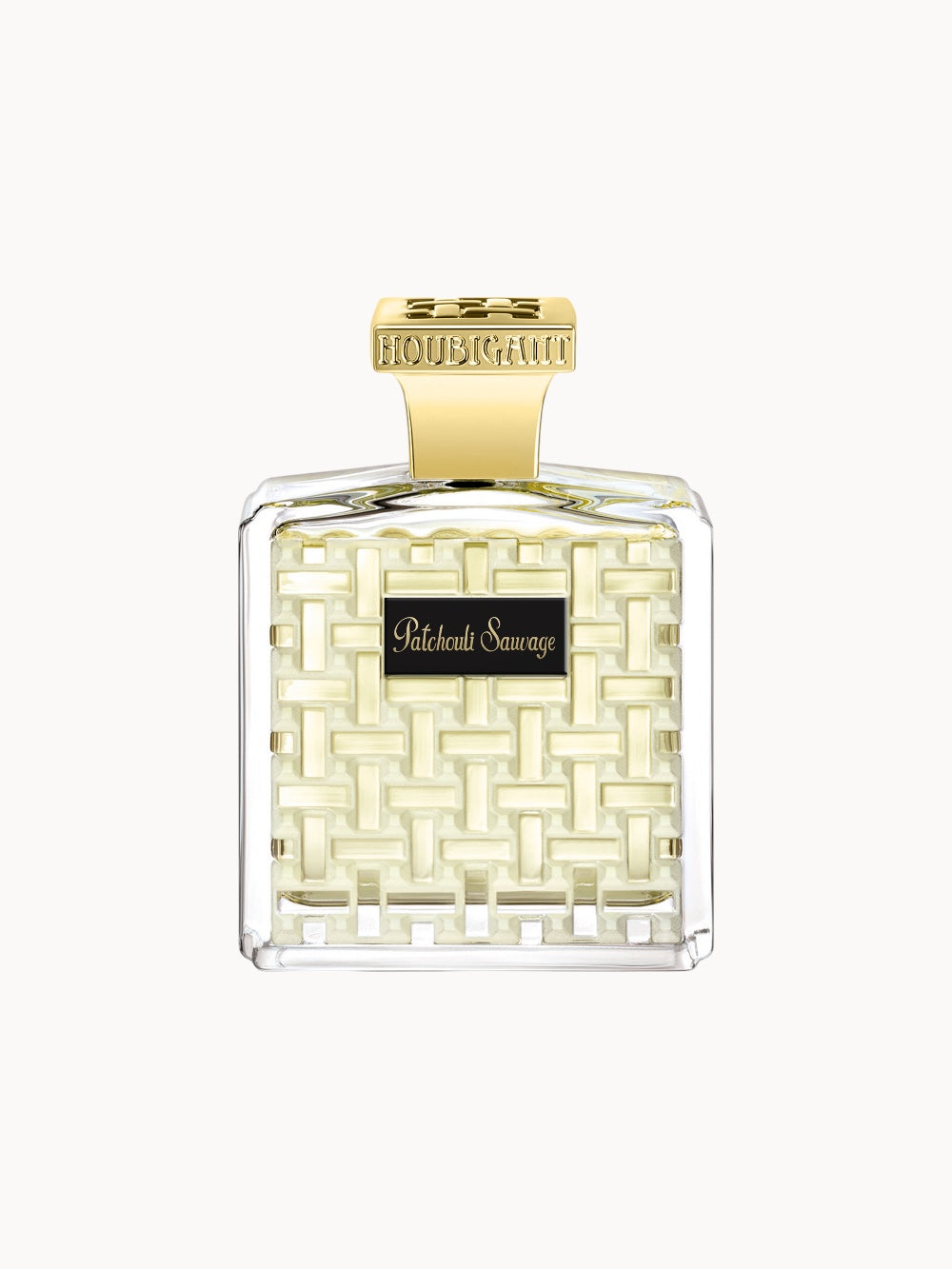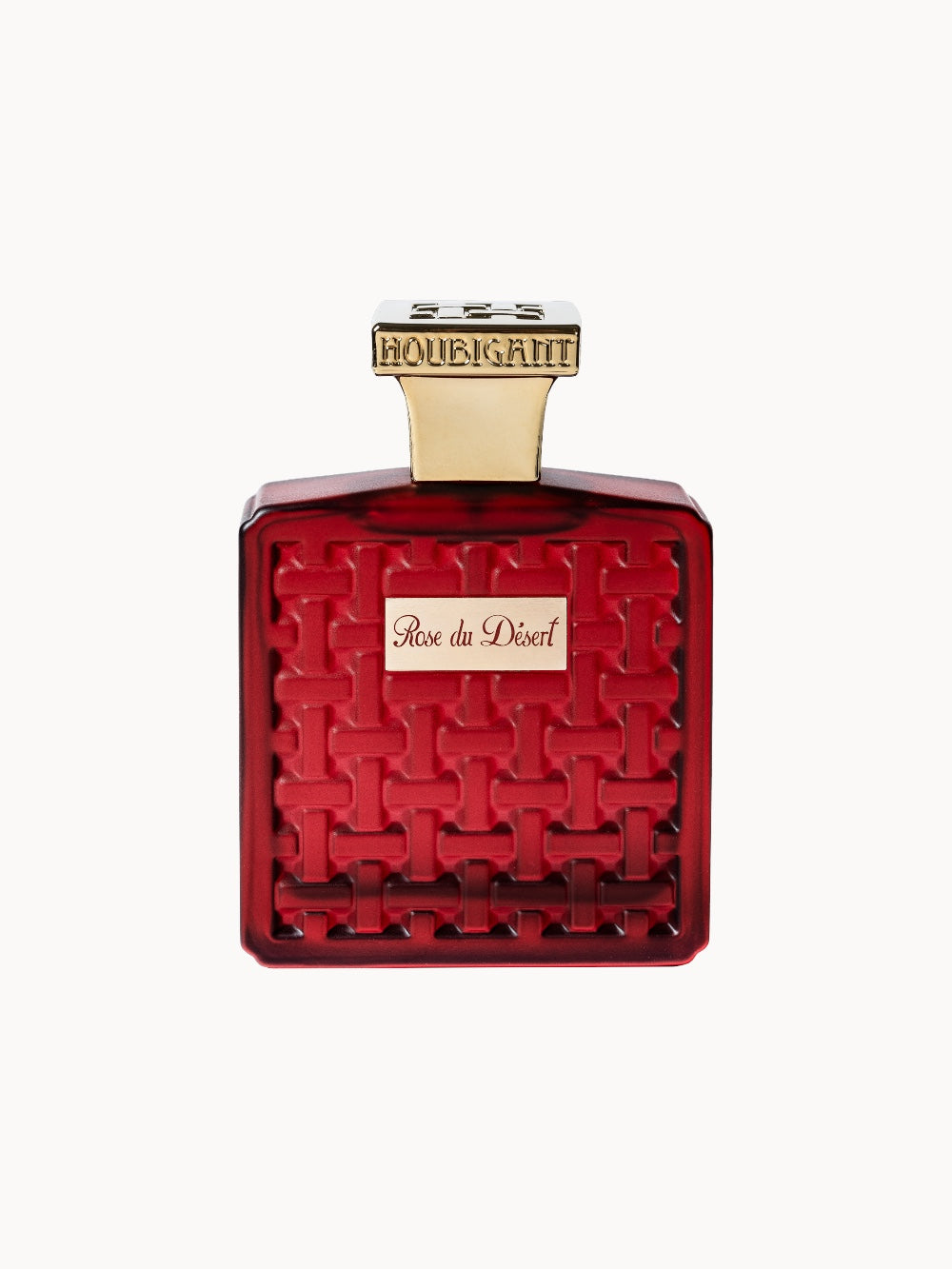Houbigant's recognition was not limited to France. In 1829, the house was appointed "Perfumer to Her Royal Highness the Princess Adelaide d'Orleans," and in 1838, Houbigant was licensed "Perfumer to Her Majesty Queen Victoria of England." These royal appointments paved the way for the house's international growth. In 1890, Tsar Alexander III appointed Houbigant Perfumer to the Russian Imperial Court, and the perfume "The Czarina Bouquet," in honor of Tsarina Maria Fyodorovna, was created. Even after the accession of Tsar Nicholas II, Houbigant remained a sought-after name in the highest circles of Europe as a royal perfumer.
In the late 19th century, the collaboration with perfumer Paul Parquet marked a turning point for the House of Houbigant. In 1882, Parquet revolutionized the perfume market with the creation of Fougère Royale , creating an entirely new fragrance family—fougère (fern) fragrances—that still dominates today, especially in the men's fragrance world. His discovery of how to isolate specific molecules from natural raw materials had a lasting impact on perfumery. Under Parquet's leadership, Houbigant became a perfumery institution, focusing not only on exclusive fragrances but also advancing science and innovation in the art of perfumery.

